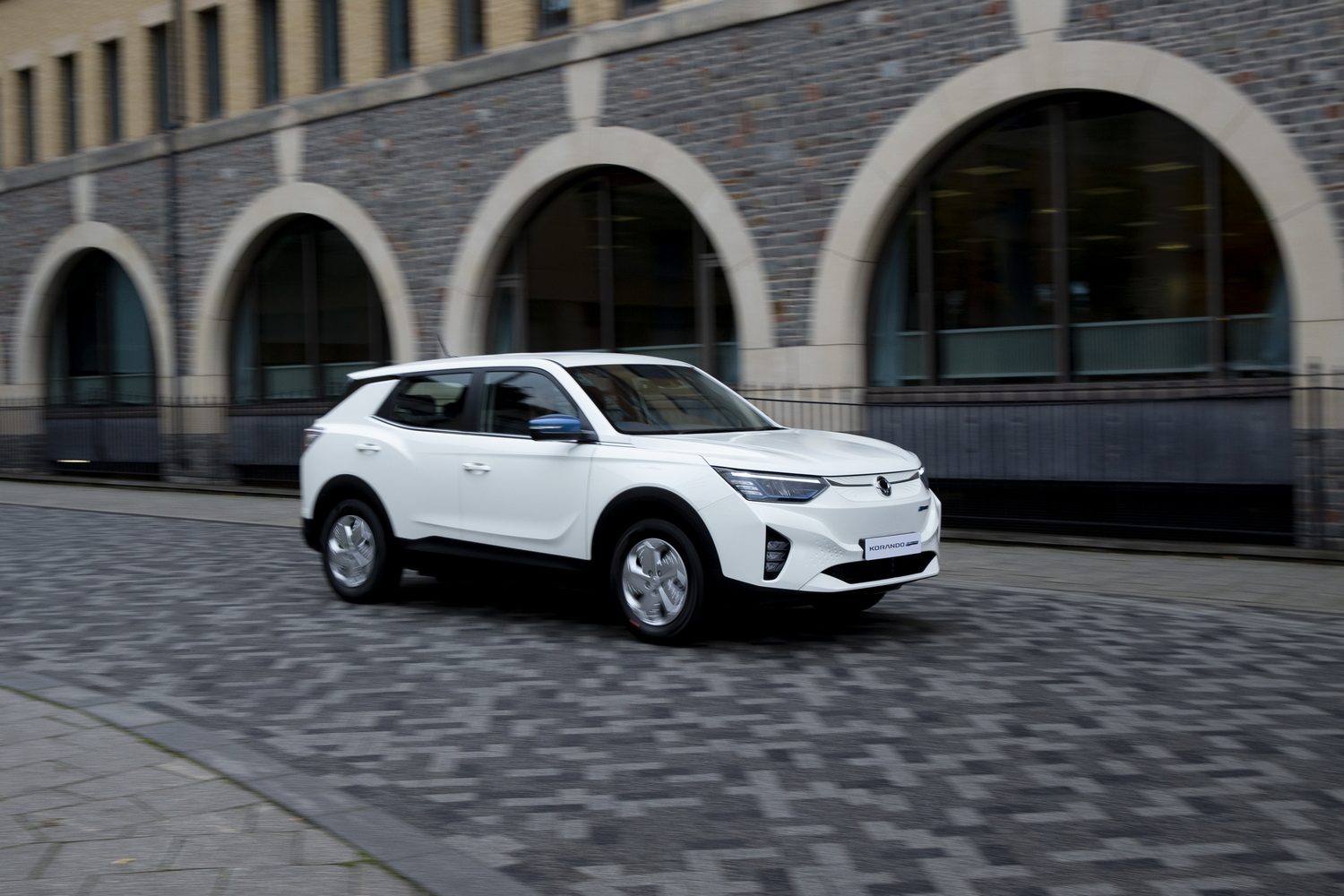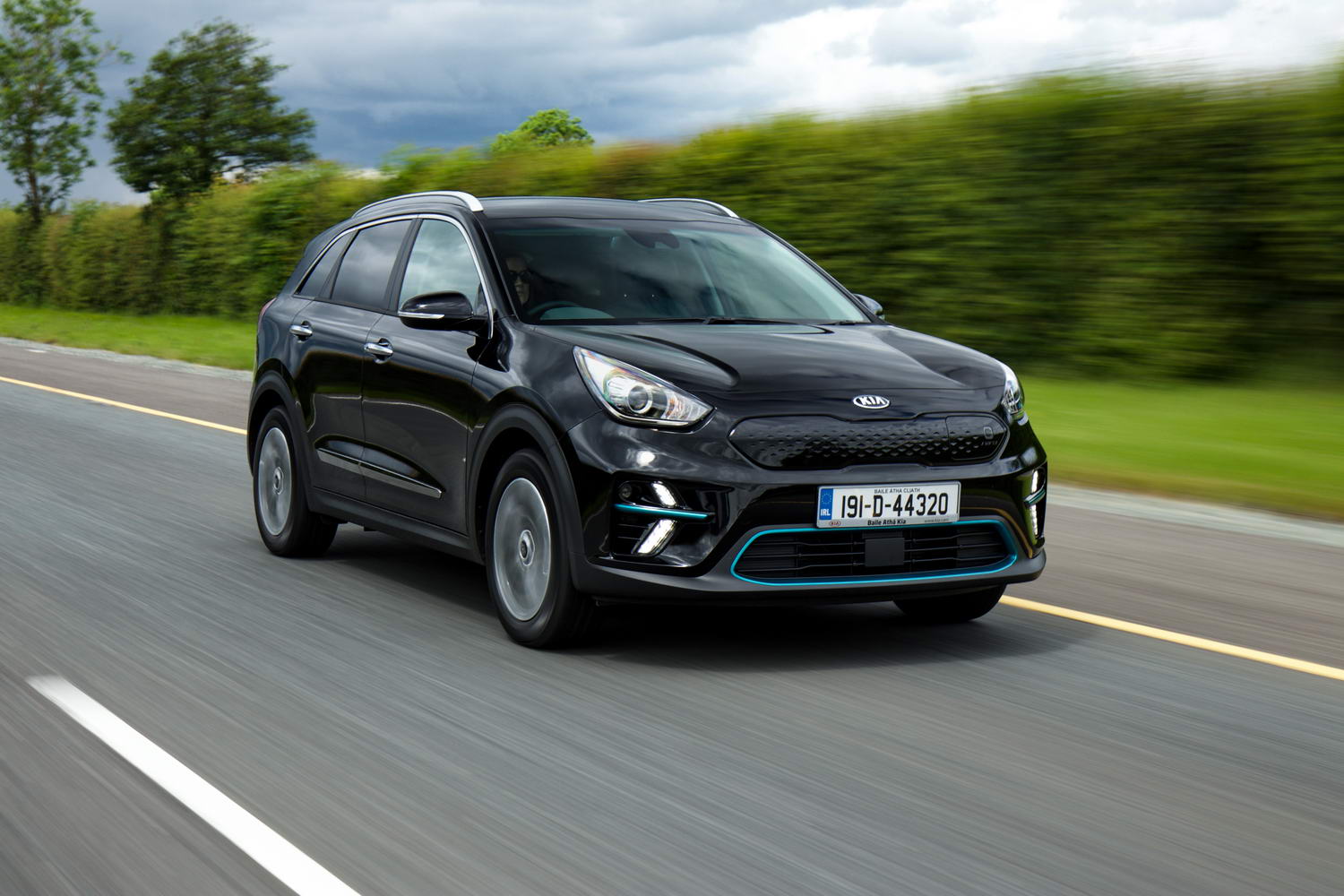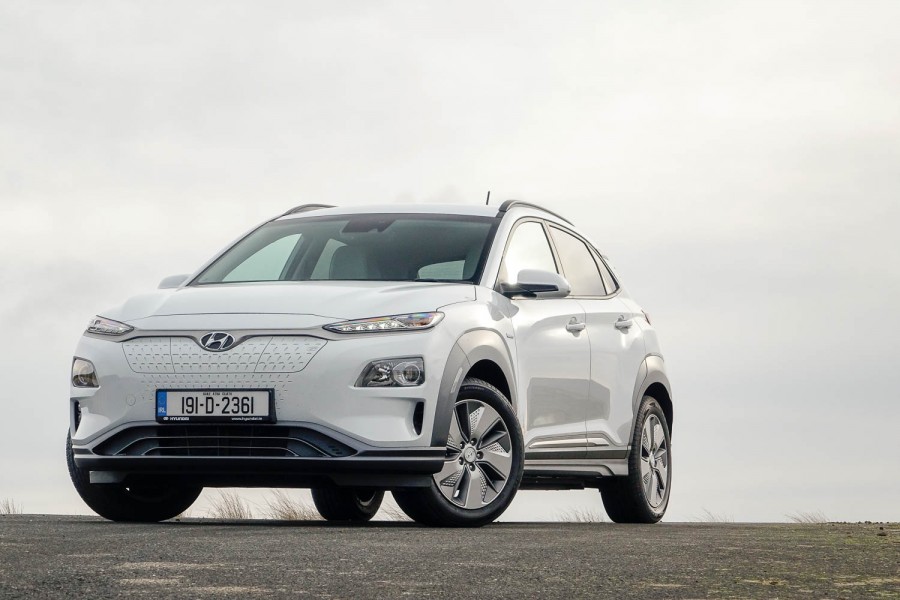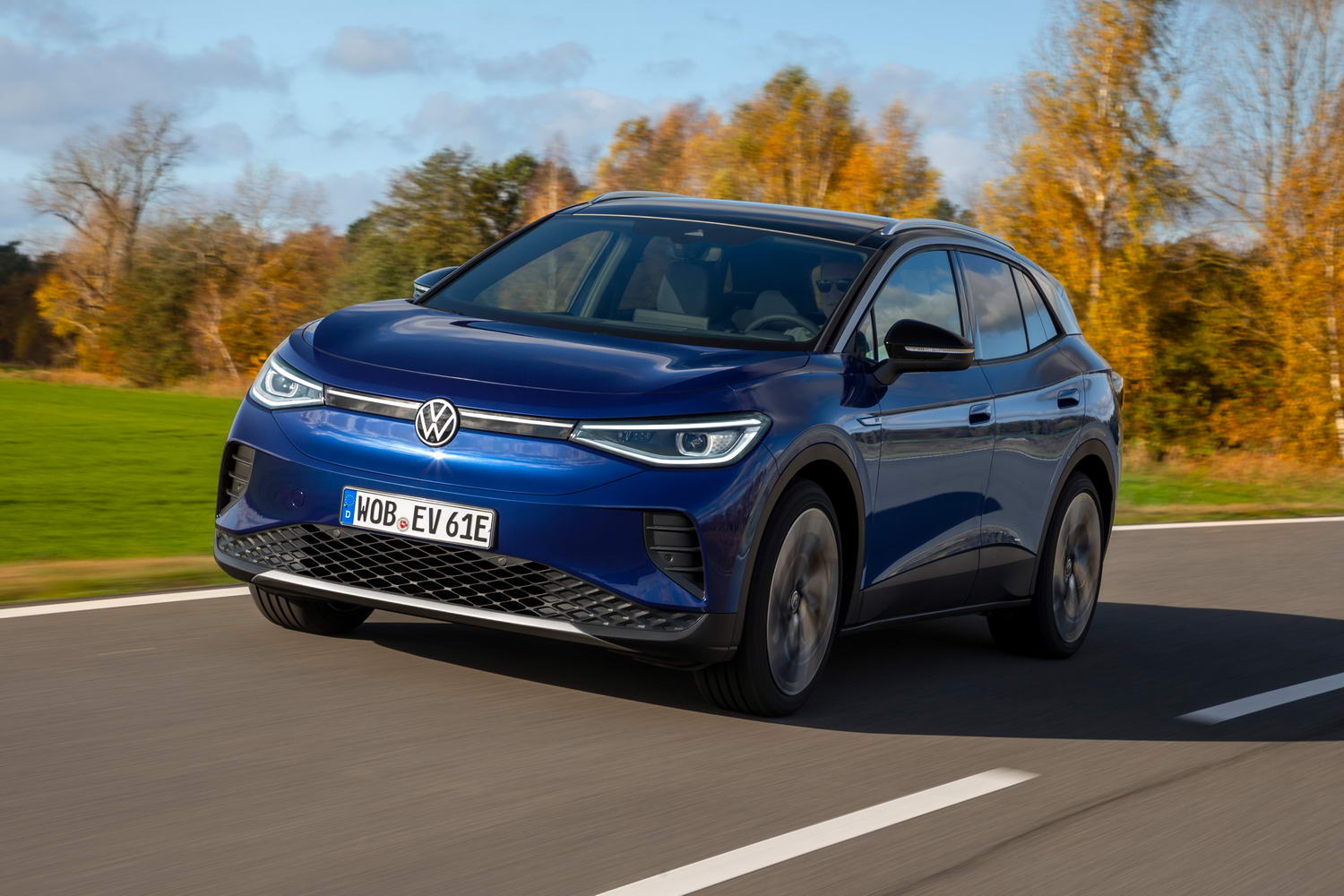Car companies around the world are rushing to launch electric models, and South Korean 4x4 specialist SsangYong is no exception. Unsurprisingly, the company's first battery-powered car is an SUV, but it isn't the massive Rexton off-roader or the little Tivoli compact crossover. Instead, SsangYong has electrified its Korando family SUV, creating a rival to the Kia e-Niro and the MG ZS EV. But does the Korando e-Motion have enough to see off the competition, or is it an also-ran in an increasingly competitive market?
In the metal
To the casual observer, the Korando e-Motion does not look like a new car. In fact, it looks more or less the same as the petrol- and diesel-powered versions of SsangYong's family SUV, which hardly set the world alight on the styling front. But when you look more closely, you can see there are some notable differences - and to our eyes at least, the changes have not improved the car's looks.
With the move to electric power, SsangYong has done away with the Korando's front grille, favouring a simple faired-in slot between the headlights that leaves the front end looking a bit barren. It might not be so bad if the number plate mounting moved up to fill the void, but it has stayed obstinately low on the bumper, leaving a bare, unappealing swathe of deformable plastic.
The aerodynamic wheels look a bit budget, too, but they pale into insignificance next to the blue trim that adorns far too much of the e-Motion's bodywork. A few flashes of blue around the side skirts might have been alright, but the e-Motion has blue door mirrors and a blue skid plate on the rear bumper. It looks like somebody forgot to take the protective film off the chrome bits.
And the blue theme continues inside, where there's more shiny, metallic plastic on the steering wheel, while all the upper surfaces are finished in a greyer kind of hue. It isn't horrendous, but it feels a bit unnecessary.
Thankfully, that's more or less the lot when it comes to complaints about the e-Motion's interior. Largely carried over from petrol and diesel Korandos, it has a chunky dash that might be quite conventional and conservative (aside from the blue bits, obviously), but doesn't feel outdated. Okay, so it's hardly the last word in modernity, but a digital instrument cluster, touchscreen infotainment system and two-zone climate control mean it has all the mod cons. They even work well, with a simple but effective touchscreen and a clear digital dash with loads of configuration options.
But perhaps the most surprising and impressive thing about the e-Motion's interior is the quality. If you think a brand like SsangYong is 10 years behind the likes of Fiat, Suzuki and Opel, you can think again. The Korando feels solidly put together, with tactile, soft-touch plastics on the top of the dashboard and some robust-feeling switchgear. It might not be inspiring to look at, but it has the quality to mix it with any other budget brand you care to mention.
It's spacious, too. Cabin space is much the same as in the fossil fuel-powered Korandos, so there's bags of room in the back, and four adults could spend hours in there without feeling too cramped. The boot is also spacious, holding 511 litres with all five seats in place. Fold the rear bench down and there's more than 1,200 litres to fill.
Driving it
Key to the e-Motion driving experience is, of course, the 190hp electric motor that powers the front wheels. Fed by a 61.5kWh battery (of which about 55kWh can be used), it's good for a respectable 0-100km/h time of nine seconds flat, and it'll take the Korando to a top speed of 156km/h. More importantly, though, SsangYong says it will cover 340km on a single charge.
And although that doesn't sound impressive when a Kia e-Niro manages up to 455km with only a slightly larger battery, our test drive suggested such a distance would at least be achievable in the real world. On our test drive, which took place on a chilly afternoon, the Korando ate through around 10 per cent of its battery every 25km or so, suggesting 300km should be about right on a warmer day and with slightly less desire to test the car's performance.
Of course, spending more time on the motorway and less time cruising around town will negatively impact that range, but using the Korando as an urban runabout will extend it. Especially if you use the car's three-stage regenerative braking system, which allows the driver to choose how savagely the car will slow down when they lift off the accelerator. Admittedly, the system doesn't quite offer the 'one-pedal' motoring of, say, a Nissan Leaf, but it's intuitive to use and it's adjusted using paddles behind the steering wheel.
The range will also be extended with the use of Eco+ setting, which is a kind of secret driving mode accessed by holding down the driving mode selector on the centre console. Doing so blunts the throttle response significantly, but the limited performance means the battery will last a little longer.
In fact, driving modes make a significant difference to the Korando driving experience. The sport mode makes response to the accelerator pedal too twitchy, and the torque of the electric motor is enough to spin the front wheels with ease, whereas the comfort mode feels more subdued and refined.
Whichever driving mode the car is in, however, the overriding sense is one of serenity and refinement. Naturally, the electric motor is incredibly quiet, but there's little in the way of road and wind noise either, despite the bulky SUV shape. It's eerily quiet in there - particularly in comparison to the combustion-engined model.
For the most part, the Korando e-Motion rides pretty well, rounding off the edges on severe bumps and absorbing the smaller ones with minimum fuss. But like so many electric cars, the weight of those batteries under the floor means the car can slump into potholes, and multiple bumps in quick succession can catch the suspension out.
Keen drivers will also find the steering vague, with little to no feeling for what the front wheels might be doing, and the body leans and pitches quite a lot under heavy braking and in corners. But that will only be an issue for those who like to push on. Around town or on a motorway, the light steering becomes a boon, and the car feels as smooth and as quiet as any of its rivals.
Which is good, because the Korando e-Motion may not appeal to the traditional SsangYong customers, who tend to live in the sticks. The South Korean brand is popular with farmers, caravanners and horse owners, who want a car that can tow and drive off-road, and the e-Motion loses some of the capability a diesel version might provide. There's no all-wheel-drive option, for example, and the maximum towing weight is 1,500kg, rather than 2,000kg for the diesel.
What you get for your money
SsangYong is yet to confirm when the Korando e-Motion will arrive, let alone how much it will cost. We know it's on the way sometime this year, and we expect it to compete directly with the MG ZS EV and cars of that ilk, but until SsangYong announces its intentions, we can't say much more than that.
Summary
For those unfamiliar with SsangYong's range, the Korando e-Motion will be something of a surprise package. It isn't quite as polished as some of its rivals (or the petrol- and diesel-powered models), but it still feels more premium than you might think, and the near-silent electric motor makes it impressively refined. Range will be an issue for those regularly covering long distances, but then that's what the diesel Korando is for. We'll reserve full judgement until we see exactly how SsangYong chooses to price and equip the car, but as a cheap urban family SUV, the e-Motion looks promising.










































